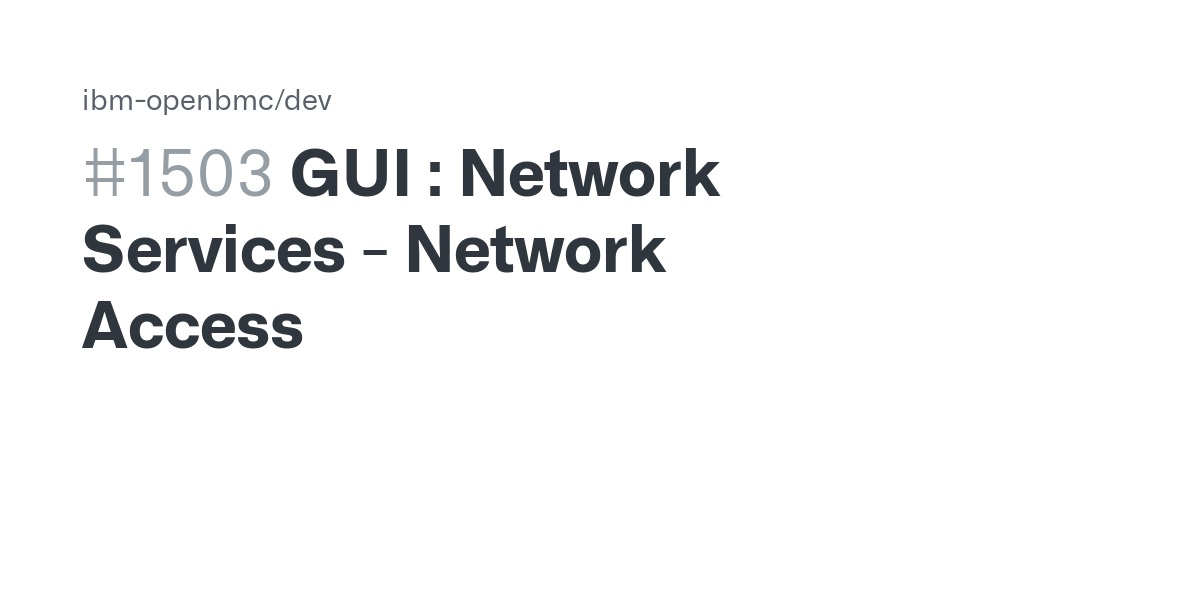 IBM is delivering the next generation of virtual network services that help enterprises manage and secure their data. The new service provides security by analyzing virtual network functions and generating reports on the current environment. It could be provided as part of a telecom service or bundled with security assets. Virtual NAT/Firewalls can be wrapped with security assets to provide customer specific reporting. And, with service assurance capabilities, IT managers can provide a more comprehensive view of their network’s performance.
IBM is delivering the next generation of virtual network services that help enterprises manage and secure their data. The new service provides security by analyzing virtual network functions and generating reports on the current environment. It could be provided as part of a telecom service or bundled with security assets. Virtual NAT/Firewalls can be wrapped with security assets to provide customer specific reporting. And, with service assurance capabilities, IT managers can provide a more comprehensive view of their network’s performance.
Integrated service design
Integrated service design for IBM networking services aims to simplify the networking infrastructure of a company. The network experts at IBM help their clients design the infrastructure by identifying redundancies and identifying which devices they can retire. They also help them identify the right virtualization technology, including SDN. This can reduce the complexity of the network and boost operational efficiency. For further details, read the following article. We will discuss the benefits of this design.
Integrated service design for IBM networking services is a process of integrating tools, people, and processes to create a complete service. This approach involves the development of a governance structure and information standards. Client line-of-business and demand chains must be clear in order to implement an integrated service design. After all, a service can only be valuable if its customers can use it seamlessly. If you can’t get your IT infrastructure to work together with the business, a single solution could solve the problem.
Orchestration
IBM’s Dynamic Lifecycle Orchestration solution manages end-to-end service topology by maintaining a real-time network to service repository. The orchestration engine is also integrated with operational analytics that listens to orchestration, policy, and virtual infrastructure management events. These events are then correlated to determine the impact of a fault, performance issue, or customer experience metrics. This integration enables IBM networking services orchestration to provide customers with a complete view of their network.
The network services orchestration process is accelerated with behavior-driven testing capabilities. This automated testing framework automates network service development and maintenance, and minimizes manual effort throughout the production lifecycle. It spins up test environments and the network service under test automatically. A behavior-driven test scenario is executed to validate service design and operation. Afterwards, service instances are exported into operational environments. The operations team can then manage these instances in production environments.
Analytics
IBM and Juniper Networks are teaming up to design the next generation of network analytics. Their aim is to make enterprise networks and communications service providers more efficient by reducing the time and cost to deploy new network services. Traditionally, CSPs focus on managing networks and engineering each component based on its role. Now, with the help of IBM analytics, CSPs and enterprises can improve their performance and quality of service while ensuring they are using the right equipment.
With this new product, IBM is able to measure and track customer experience in near real time. The insight gleaned from this can help companies better manage their customers’ experiences. They can also target new offerings to meet customers’ needs, increasing average revenue per user. With the help of analytics, IT managers can easily identify problems, and can ensure the right solutions are being provided. And if they aren’t, they can also detect and eliminate bad network behavior, thereby increasing the customer’s lifetime value.
Service assurance
IBM networking services are designed to help network administrators and system engineers define and resolve critical issues and recommend solutions. Designed for individuals with some knowledge of networking, the exam is divided into three parts: planning and design, implementation, and service assurance. Before you begin, it is important to know about the basics of network management and how it works. You will need to map customer requirements and understand concepts, but the more complex topics can be covered with a few lectures.
The IoT market is expected to triple by 2025, presenting a massive opportunity for telecom service assurance providers. Regional markets are expected to lead this growth, with APAC, Latin America, and Middle East & Africa expected to have the highest growth rates. In addition, the emergence of new technologies and more advanced network infrastructure is predicted to continue driving the growth of the market for networking services. Therefore, organizations need to ensure that they are able to meet the requirements of their customers.
VM-Series Virtual NGFWs
IBM Networking Services (IBS) offers a number of services for NFV deployments. These services enable networks to adopt high availability, resiliency, virtualization, cloud computing, and various network functions. VM-Series Virtual Firewalls (NGFWs) are able to support high availability and disaster recovery (HA) through a feature called Network Load Balancer (NLB) Route Mode. Currently, only TCP data traffic is supported for HA deployments.
The IBM Cloud VPC supports Palo Alto Networks VM-Series Virtual Next-Generation Firewalls (NGFWs). The security solution provides unmatched visibility into applications, enables precise control over the entire network, and stops threat vectors from moving laterally. Moreover, it is fully compatible with VMware, AWS, Microsoft Azure, and Citrix environments.
Python client library
If you want to use the APIs of IBM Cloud Networking Services with Python, you can do so with the Ibm networking services Python client library. The library comes with many useful functions that should make programming much easier. Among its features are support for the Cloudant “Classic” and “Standard on Transaction Engine” servers as well as Apache CouchDB 3.x. It also includes all the popular endpoints and provides familiar user interfaces and flexibility to use built-in models.
